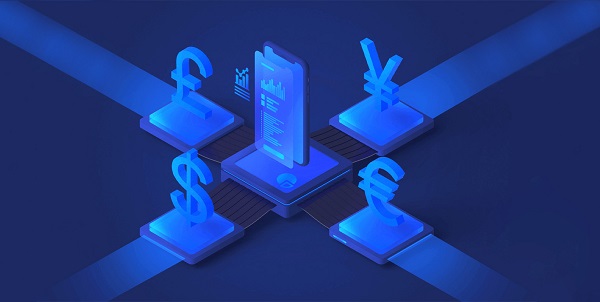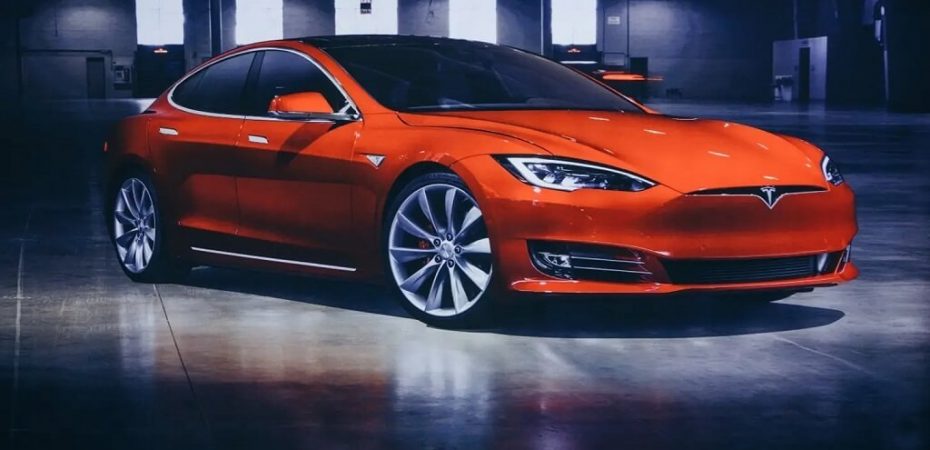Every year, the number of app downloads beats the previous record. Both well-known companies and startups use apps as a tool to solve business problems. The popularity of app development requests among companies is increasing due to the following factors: sales growth, audience attraction, business process optimization, and competitive advantage. Demand is growing, the market is expanding, and so is the cost of making an app.
Creating an app is expensive, and there is no reason to hide it. In this article, we will tell you how much it costs to make an app, what the price consists of, which development elements are the most expensive and why the development price varies so much.
Why Are Prices Different?
If you’ve tried to get into the development process, you’ve probably been surprised by the cost to make an app, or rather the gap between market prices. Figures range from a few tens of dollars to hundreds of thousands. It may seem that this is not entirely justified, but everything is fair. The minimum time to create a simple app in terms of functionality and design is 68 days or 2-3 months. We will reveal this point in a little more detail a bit later.
All applications can be divided into three large groups by complexity and functionality:
- Simple apps (1-3 functions, 3-5 screens, no integration, no loyalty system, no authorization);
- Average apps (3-5 functions, 5-15 screens, simple integrations set up, simple animation added);
- Complex apps (5+ functions, 15+ screens, complex integrations set up, payment and authorization systems added).
The more complex the app, the greater the amount of work, and the correspondingly higher the price. The cost to make an app depends on the development team experience. If you are hiring experienced professionals who can provide portfolios and showcase client feedback, then the development cost will be justifiably high. The cost to make an app is equal to the number of hours of specialists required for the project, multiplied by the company’s rate.
What Determines The Cost of Making an App?

As mentioned above, all apps can be divided into three groups according to their complexity. So let’s determine what parameters and aspects make up the complexity and how this affects the cost to make an app.
The first thing when it comes to start developing an app is to create a Product Vision. The Product Vision will help you predict the functionality and look at the project in the long term. To see how the app will look, developers create wireframes. Wireframes represent the arrangement of content on the screen and demonstrate its functionality. Preparation of technical specifications and wireframes takes 100+ hours.
The next rather costly step is UX/UI design. If a company can provide a corporate style, then the cost of creating a design will be slightly less. If the specialist develops the design from scratch, then the cost to make an app will be higher. Making a design takes 2+ months.
The most expensive and difficult stage is the development itself. Timeframes and budgets vary from whether it will be native or cross-platform. The cost of native app development is significantly more expensive. Useful Tip: More and more developers are opting for cross-platform development. This allows you to cover all platforms, increase your audience and save your budget and time.
What factors make development more expensive and how to save money?
One of the main mistakes customers make when creating an application is the desire to see a complex product that supposedly will make a greater impression on the target audience. The more complex functionally, the higher the cost to make an app. Your product should only have useful features since the goal of any app is to make the user’s life easier. It’s not worth spending a budget to implement additional features if your app is already ready to go.
Another point that helps save resources is the choice of cross-platform development. This model allows you to create one product for different platforms and save both budget and time.
“If the design is cooler, the audience is bigger” – it doesn’t work that way. UI/UX should be simple. An overloaded design is likely not to please users, but the way the app looks and functions is a guarantee that your product will be used.
Another non-obvious point that can lead to big expenses is the late bug fixing. Bug fixing should be done during the development process. If this point was ignored, then the cost to make an app can increase significantly. Error monitoring and capturing bugs are the actions necessary to save the budget.
It is also worth considering the minimum viable product (MVP). It will help you understand what exactly users need, and what you don’t need to spend money or time on. You should not neglect this step, as developing a full-fledged app without risk assessment can be much more expensive.
Conclusion
Let’s summarize the information above. The cost to make an app depends on the complexity, functionality and the development team experience. Creating an application is not a matter of one day. It can take from 2 months to several years. For example, Microsoft’s mobile app development took three years.
The most financially and time-consuming aspects are development and design. The success of your product depends on these two components. It is necessary to develop a Product Vision and prepare wireframes to understand how you want to see your product and what will be included in it. This will help calculate the average cost and timeframe for creating an app.
The cost to make an app can be affected by additional implemented features and extra design elements. At the development stage, it is important to understand that the simplicity of the app is one of the main ways to attract customers and save money.
So, what is cheaper: buy a Tesla and develop an app? Everything is very ambiguous.
Read also:

